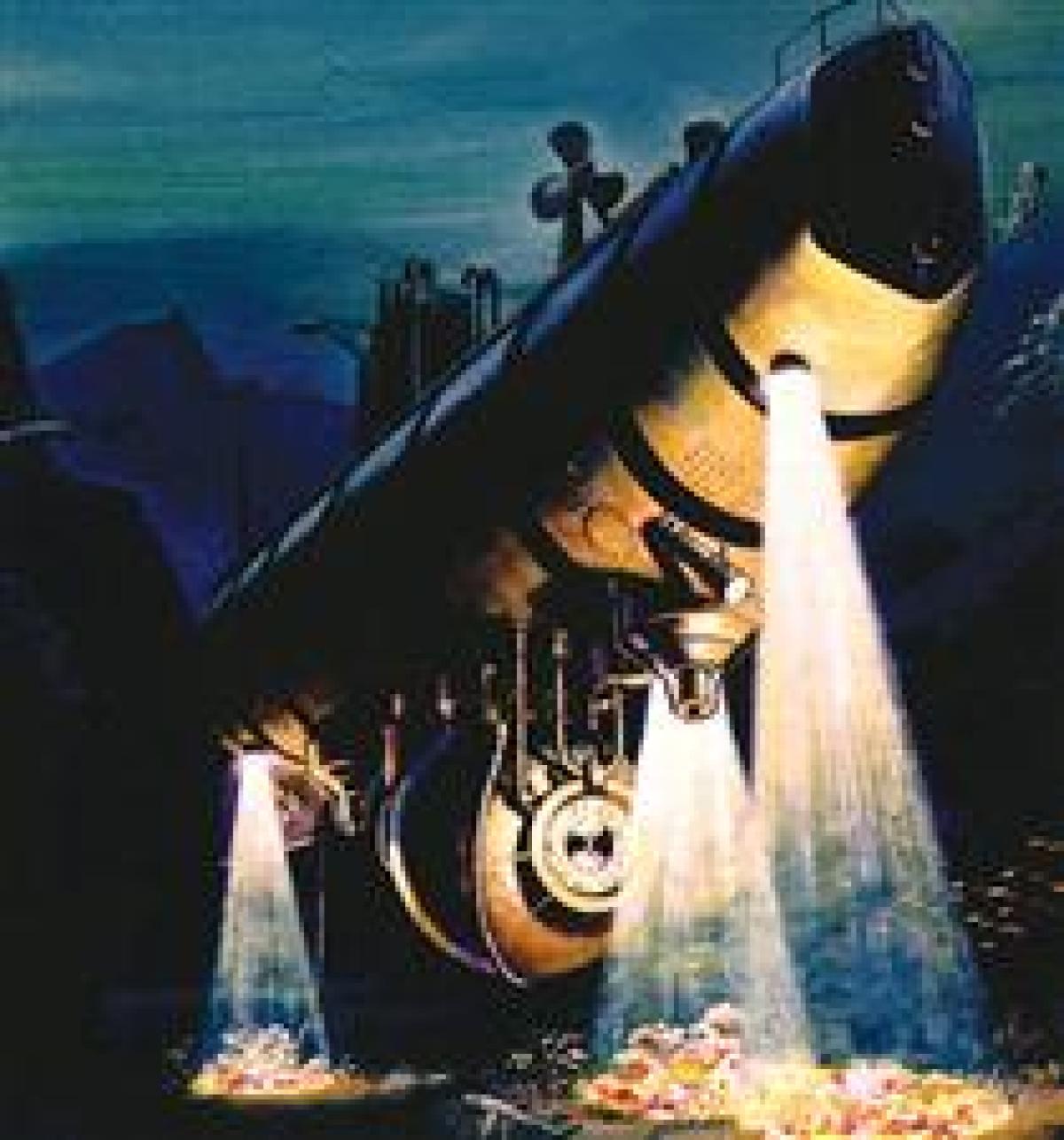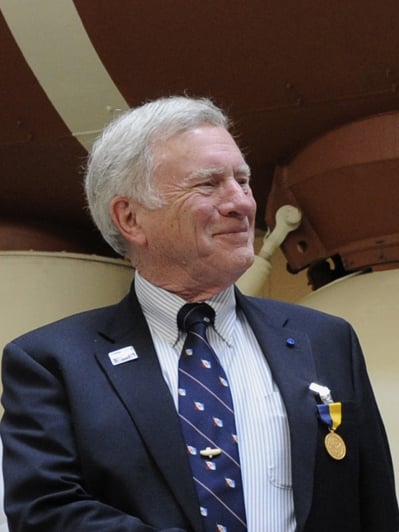On 6 March 2009, an era in Navy undersea operations ended when the Deep Submersible Rescue Vehicle Mystic (DSRV-1) was retired at San Diego. With that event, more than a half-century of U.S. Navy manned deep submersible operations was over.
The Navy's first manned vehicle was the bathyscaph Trieste. Built in 1953, it was purchased from Professor Auguste Piccard of Switzerland in early 1958. At the time it was one of only two deep submersibles in the world. The French Navy had a modified version of a Piccard bathyscaph, the FNRS-3.
In December 1958, the Trieste made its first ocean dive off San Diego to a modest depth of 820 feet. A year later it dove to nearly seven miles.
For the next 51 years, San Diego was home to most of the Navy's manned submersible assets. Submarine Development Group One was established there to support operations of what became the world's largest fleet of manned deep submersibles under one organization. These were the Trieste (later, there were two versions of a U.S.-built Trieste II), Sea Cliff, Turtle, Mystic, Avalon (DSRV-2), and the experimental submarine Dolphin (AGSS-555). Two other vehicles were not operated by the group: the nuclear-powered NR-1 and the Navy-owned, but civilian-operated, Alvin, based at Woods Hole Oceanographic Institution.
From the beginning, the Navy's eight deep submersibles, except the Alvin, were piloted and crewed by submariners. From 1958 to mid-1964 the Trieste was an R&D asset used by the Naval Electronics Laboratory in San Diego. After that time, manned-vehicle operations became part of the submarine force.
In 1981, the Navy recognized the special nature of deep-submergence operations when a distinctive Deep Submergence pin was approved for pilots and crewmembers who had qualified in submersibles. It was a small community within the submarine force. In over a half-century there were no more than a few hundred officers and enlisted personnel qualified to operate deep submersibles.
However, in later years, award of the badge was broadened to include personnel who simply had been attached to a deep-submergence organization for at least one year. The original intent of awarding the pin to only those who qualified in deep vehicles had been lost.
While deep-submergence activities in the Navy were never a big part of the submarine force, they lasted for nearly half the force's century-long history. Those dolphin-wearing undersea pioneers made significant contributions to the Navy that ranged from highly classified missions to the forensic investigations of the lost nuclear-powered submarines Thresher (SSN-593) and Scorpion (SSN-589). Also, there was the Trieste's dive to the deepest place in the world ocean—35,800 feet in the Challenger Deep, off Guam—on 23 January 1960. It was a Navy feat that has yet to be repeated.
Even though the Navy no longer operates manned submersibles, they continue to be used worldwide for support of oceanographic research. The technological developments and operational experience gained by the Navy's early submersible programs greatly contributed to today's manned and unmanned submersibles, the platforms that take the trained mind and eyes to the deepest worksites in the world. The Navy's legacy fingerprints are everywhere. Gone but not forgotten, the Trieste and Trieste II are museum pieces in Washington, D.C., and Keyport, Washington. The Dolphin will become a museum ship in San Diego and it is certain that at least one of the DSRVs will go to an appropriate museum.





